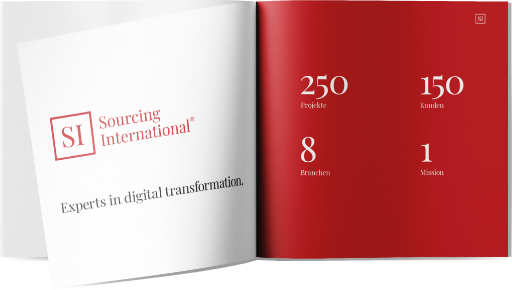Revolutionizing operations with a modern state-of-the-art ERP solution


From simple inventory management to full-blown enterprise resource planning
Impact
Increased order processing efficiency
Increased inventory management accuracy
Greatly reduced manual workload, minimizing errors
Enhanced customer satisfaction due to streamlined processes
The project
Background
The process - navigating the landscape of legacy systems and modern solutions
Implementation & migration
Initial system setup and configuration of the standard ERP software
Custom implementation of specific business processes handling certain customer groups as well as their automations
Integration with the existing web shop interface to ensure seamless transactions
Lots of training and validation (explicit as well as incidental)
Data migration and live configuration
Rigorous testing and troubleshooting
Hot-stand-by-go-live for all companies involved


The result
Future plans (that have been implemented)

Managing Partner

Consultant

Full-stack Developer, Alumnus
More success stories
Get in touch
Quality consultation
How we help clients
1
Strategy, Governance & Compliance
We help clients develop tech strategies and compliance frameworks.
2
Digital Transformation
We design key digital transformation projects on behalf of our clients.
3
Application
We successfully implement the most demanding technology projects.
4
Organisational Identification
We support our customers in developing a vibrant organisational culture.
